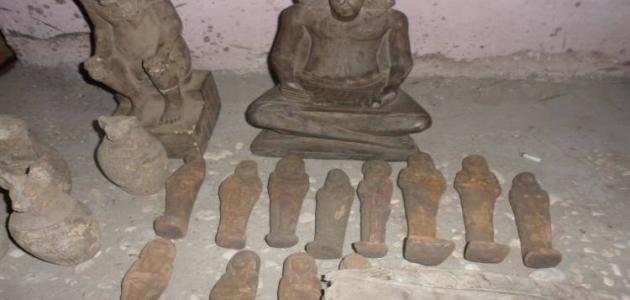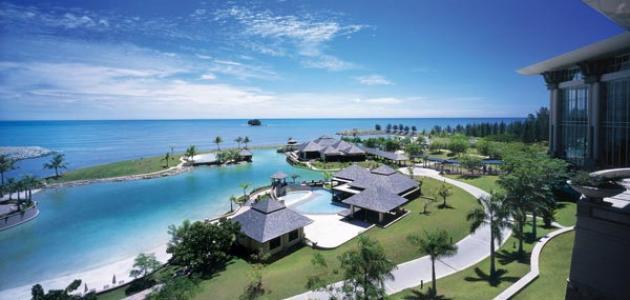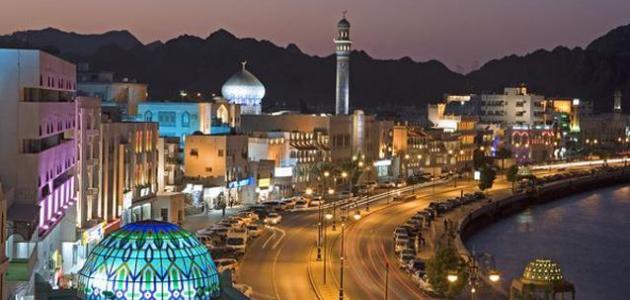Rayan Valley
Wadi Al-Rayyan is the name of a permanent source of a waterway. The first valley starts from Ain al-Tanur and Ain al-Bayda in the town of Arjan, and it is a judicial center affiliated to the governorate of Ajloun; Maple and hawthorn, and most of these trees are evergreen; for these reasons they are classified according to the land uses in the environmentally friendly governorate, and the government adopts plans to establish tourist facilities, and encourages the residents to establish such facilities by facilitating methods of obtaining grants and loans.
Along Rayyan Valley
Wadi Al-Rayan journey starts from two eyes of clear water: Ain Al-Tanoor and Ain Al-Bayda; they are located in the village of Arjan, and the source of feeding these two eyes is the heights of Abyan and Sakhra, which accumulate snow in winter, as these snow feeds the groundwater that flows to the mountain slopes in The town of Arjan, and this water runs in a natural depression towards the lands of the town of Jdita in the Al-Koura Brigade until it reaches the northern Jordan Valley to flow into the Sharia and the flow of the valley supplies spring waters located on both sides of the valley. It also supplies the flow of the water of Al-Zakiq spring in the town of Halawa, and the flowing Rasun Valley. The water of this valley was very abundant. During the winter, all the waters of the valleys coming from the mountains surrounding it gathered, which doubles the abundance of water in this valley, and increases its ability to deepen its course and its water reaches the Sharia. And Mr. Kamal Al-Dweikat, a resident of the town of Arjan, stated that during The seventies of this century were with the town’s youth fishing from this valley, and these fish came from the Sharia in the Jordan Valley.
The economic importance of the Rayyan Valley
One of the economic advantages of Wadi Al-Rayan :
- The people of the villages of Arjan and Jdita worked on digging channels that run parallel to the valley course to irrigate their lands. They planted these lands with various fruit trees such as figs and pomegranates. These groves permeate the perennial turkey trees, but the decrease in rain from one year to the next reduced the amount of running water in the valley and dried out a lot. Of springs which negatively affected these orchards.
- The people used to build water-based mills in the past as a driving force, and they were used to grind the grain, and the traces of these mills are still present, such as the Haddia mill, the Darwishiyya mill, the Sheikhiya mill in Arjan, and the return mill in the lands of the town of Jdita.
- The tourist value of the region has increased greatly in these days, and the orchards have become areas frequented by hikers from inside and outside Jordan throughout the summer period, especially after the tourist offices adopted paths for eco-tourism, so the tourism projects were established in the course of this valley from the rest and sleeping areas of the residents of these villages.








